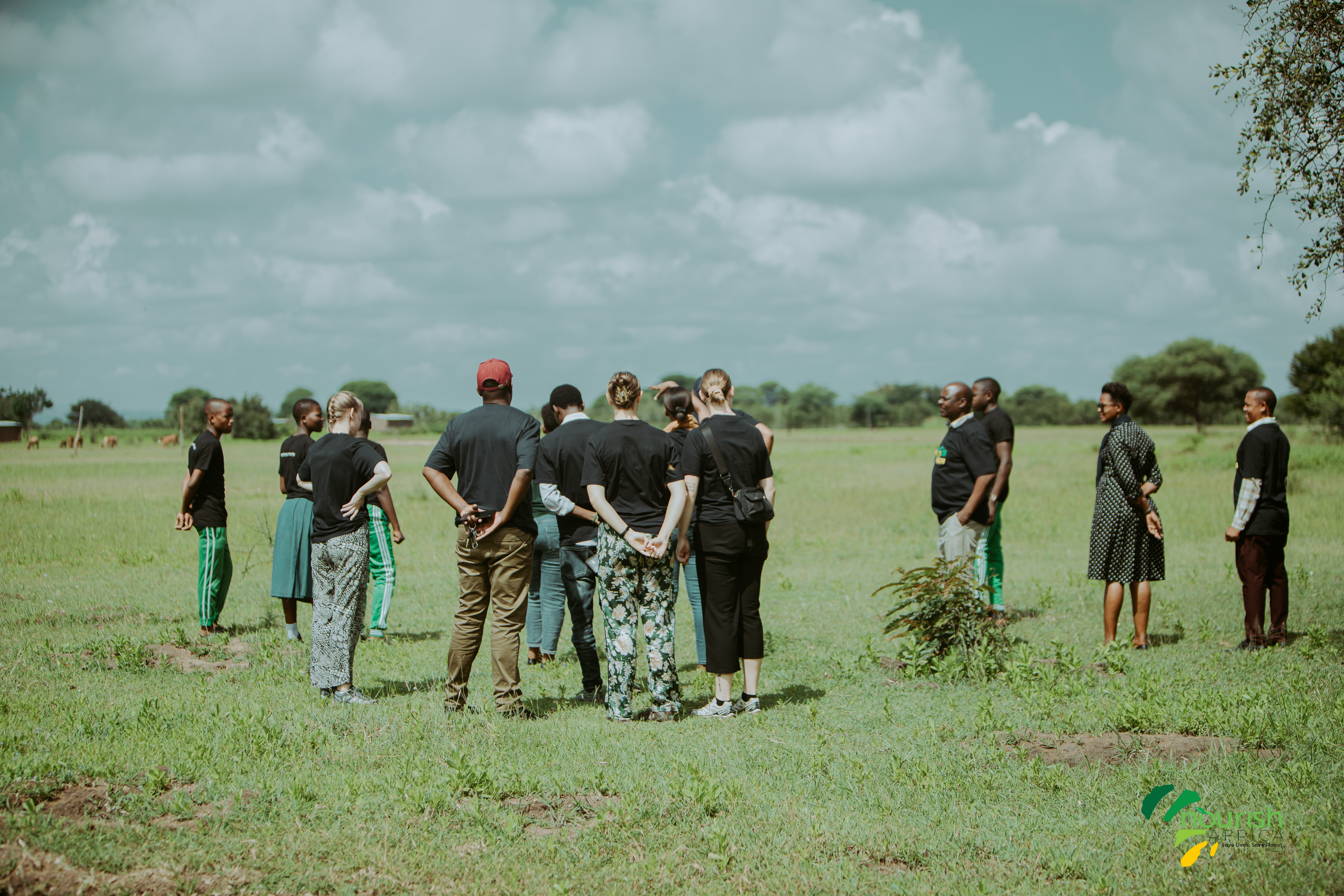Indigenous Trees for Climate Resilience in Drylands
Terminalia brownii (1) mature and dry fruits, (2) extracted seeds ready for germination
Kenya Forestry Research Institute (KEFRI)
This building block focuses on identifying and utilizing climate-resilient tree species, particularly the Red Pod Terminalia (T. brownii), in dryland restoration efforts. Extensive research has shown T. brownii’s exceptional survival rate and growth potential in arid regions. A screening trial in Baringo, Kenya, demonstrated a 97% survival rate for T. brownii within two years, outperforming other indigenous and Australian Acacia species. These promising results highlight T. brownii's suitability for dryland restoration, making it a prime candidate for combating deforestation and climate change in Kenya's drylands. Our goal is to scale up the use of T. brownii and other drought-resistant species to enhance reforestation efforts. The research also explored effective seedling production and improved germination techniques to ensure the successful establishment of these trees in harsh environments.
Key enabling factors include selecting T. brownii as a resilient species based on extensive research trials. Collaboration with researchers and communities ensured the identification of viable provenances and effective seed handling techniques tailored to the Kendu Bay, Baringo, and Kitui regions. We conducted germination trials to optimize seed treatment methods, such as nipping, dewinging, and extraction, which significantly enhanced the species' germination rates.
We learned that rapid germination of T. brownii seeds occurs within 10 days, allowing for multiple nursery rotations per year. Ensuring that fruits are fully mature and properly dried simplifies seed extraction and improves germination success. Synchronizing planting programs with seasonal cycles is crucial for maximizing survival and growth. There is also a need to train communities and stakeholders to promote T. brownii as an alternative species for agroforestry, afforestation, and reforestation programs in drylands, leading to more impactful and sustainable outcomes.
